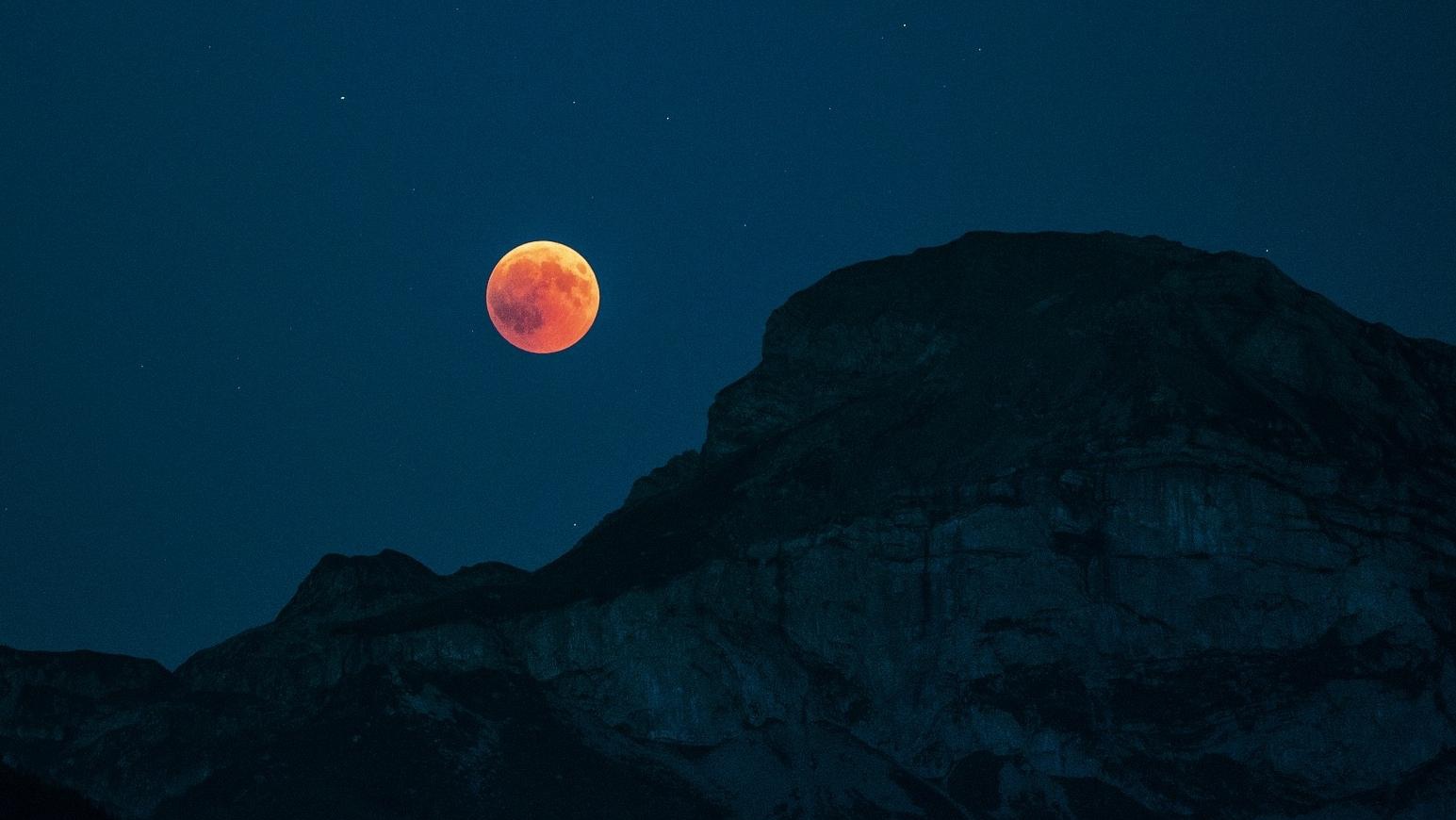Welcome to the Night Sky for November 2024. This month, the planets storm back! Dazzling Venus, Jupiter, Mars, Saturn, and Uranus are all on display. See the highlights from Almanac astronomer Bob Berman.
It’s already been a strangely rich year in the heavens. We’ve had a total solar eclipse, several bright displays of the northern lights, and a comet that showed up beautifully through binoculars and through photography. Did the sky need anything else?
The one thing we did not have was any kind of planet profusion. But that’s what’s in store starting now.
Spotlight on the Planets
The month of November is prime for planet viewing! Maybe you’ve already noticed a dazzling “star” after sunset, low in the west. A solitary point of brilliance pops out near the horizon as if to celebrate nightfall. This is Venus. Now, when it first, it’s at its dimmest, even though it still outshines every other star and planet.
- This is the start of a wonderful Venus apparition. It will keep getting brighter over the next few months until February 16, when Venus will be at its highest and brightest. Keep looking into the evening twilight. Each day, it will hover a little higher up and appear a bit brighter. By the December holidays, everyone will notice Venus. Its most glorious will be in January and especially February, when it will be highest and brightest.
Meanwhile, if you’ve gazed in the opposite direction an hour or two later, toward the northeast. you’ve seen another dazzling star that’s similarly low. That one is Jupiter, which will soon reach its most brilliant position of the year. The giant world will come closest on December 7,
Looking in that same eastward direction yet another two hours later, Mars has attained bright 0 magnitude zero, making it among the night’s brightest stars in its own right. Mars follows Jupiter with its greatest brilliance high overhead in mid-January.
What a planetary spectacle is now starting, with the promise of a brilliant climax as the night air turns frosty.
Sky Watch: Mark These Dates
- The Moon and Saturn form a stunning conjunction on November 10. Head outside between 9:30 and 10:00 P.M. for the very best views.
- Jupiter rises around 6:30 P.M. on November 16, where it will come to rest next to the Moon for the evening.
- Later, on November 16, you can catch a sighting of Uranus, who will come into opposition, making its closest and brightest appearance of the year. Its magnitude of 5.6 means that some dark, rural areas can see it with the naked eye. But more populated areas can see it, too! Using your trusty binoculars, look for a green “star” just to the right of the Pleiades star cluster.
- November 20 is another chance to see Mars. Just look up! Mars will be the brightest “star” right next to the Moon around 9:30 P.M.
See the planet rise and set times.
Full Beaver Moon
On the morning of November 15, 2024, at 4:29 P.M., the full Moon will reach its peak. This Moon is known as the Beaver Moon because this is the time of year when beavers begin to take shelter in their lodges, having laid up sufficient food stores for the long winter ahead.
Learn more about November’s Full Moon!

Reminder: Daylight Saving Time Ends
Remember to “fall back” to Standard Time on Sunday morning, November 3, 2024, at 2 A.M. EDT. Learn more about Daylight Saving Time.
November Meteor Showers
- The “Taurids” peak in the late evenings of November 8–9. There are only a few per hour, but at least they peak in late evening versus predawn like most meteor showers. So, if you’re out camping or outdoors that evening, perhaps you’ll catch a fireball or two! Though few in number, they are known to be exceptionally bright.
- Then, the “Leonids” peak November 17–18. This moderate meteor shower has about 10 to 15 meteors per hour after midnight. If you are watching for shooting stars, look toward the part of the night sky furthest away from the Moon. See the Moon phase calendar.
For more information, see the meteor shower calendar.
Stargazing in November
Let’s not forget about stars and constellations this month! When you look to the south on November evenings, your view of the sky is dominated by “The Water.” This region of the night sky is full of constellations relating to aquatic life, but our tour of The Water begins with an airborne equine. Learn more and get our free and printable November Star Chart.











